"Why Spain is the true cyclist's paradise: 'It's hard to find a stretch between Valencia and Alicante where there isn't a WorldTour team"
The WorldTour teams are about to start the traditional winter training camps, and once again, Spain will be the center of professional cycling for the next few weeks. What today seems like a well-established routine was not always the case.
Matteo Tosatto reveals the reasons why Spain is the favorite destination of the world peloton
Until less than two decades ago, Italy was the chosen destination for practically all teams. To understand how this shift occurred and why Spain has become the great global reference, the current sports director of the Tudor Pro Cycling Team and former professional from 1997 to 2016, Matteo Tosatto, has provided some insights in a recent interview with the Italian media bici.pro.
Tosatto experienced firsthand the transition between the two countries as training bases. He explains that until 2005, teams concentrated in Tuscany and that not only Italian teams attended; formations like Telekom, Rabobank, Lotto, and several French teams also organized their pre-seasons there. Over time, the climate became less stable, logistical needs grew, and Spain took that moment to professionalize and adapt to the demands of modern cycling. According to the sports director, that growth was so rapid and effective that today it is difficult to find a stretch of fifty kilometers between Valencia and Alicante without a WorldTour team conducting their winter training camp.
The climate, the preparation of hotels, and the quality of the inland roads are, in his opinion, the three main pillars that explain Spanish dominance. In December, mild temperatures still allow for uninterrupted training.
RECOMENDADO
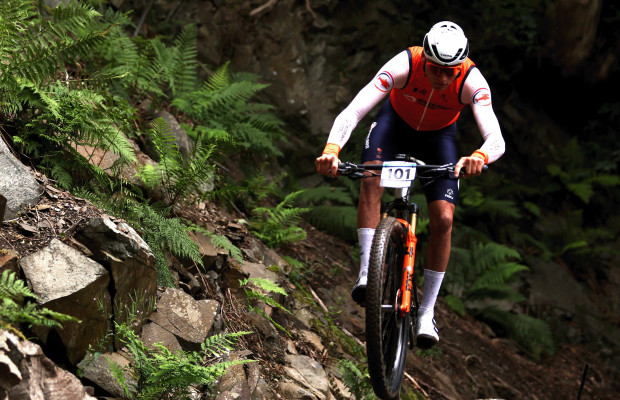
Some reasons to stay away from the road in winter
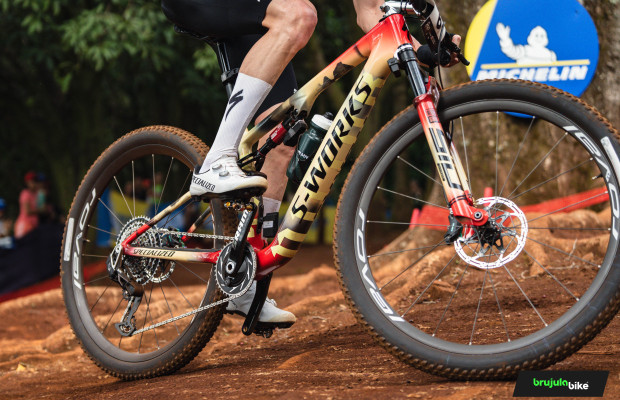
S-Works: what does it really mean and where does Specialized's most exclusive label come from?
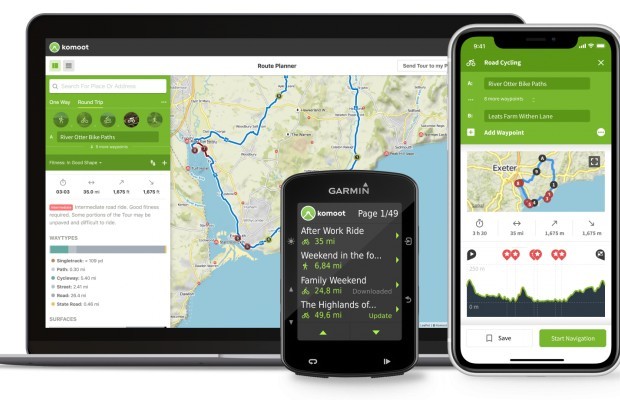
The best apps for cycling and mountain biking
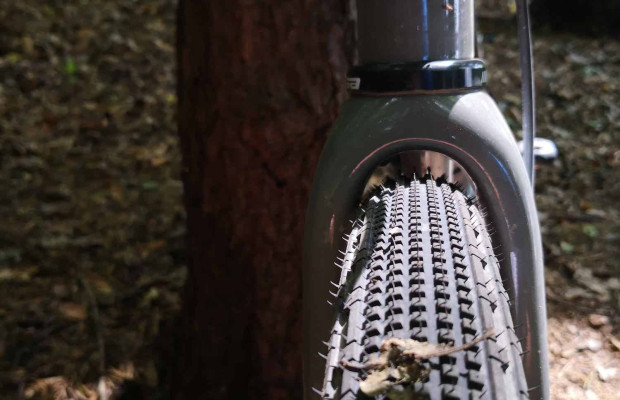
Why wider tires in gravel are faster

Black Friday 2025 cycling bargains: save on Garmin, POC, Maxxis and more
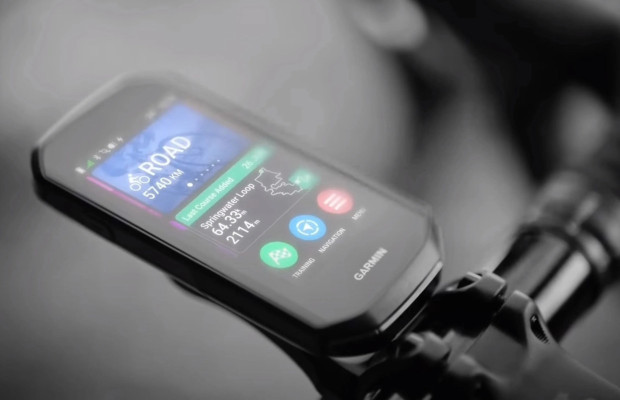
Black Friday Garmin 2025: the ultimate guide to choosing your GPS at the best price
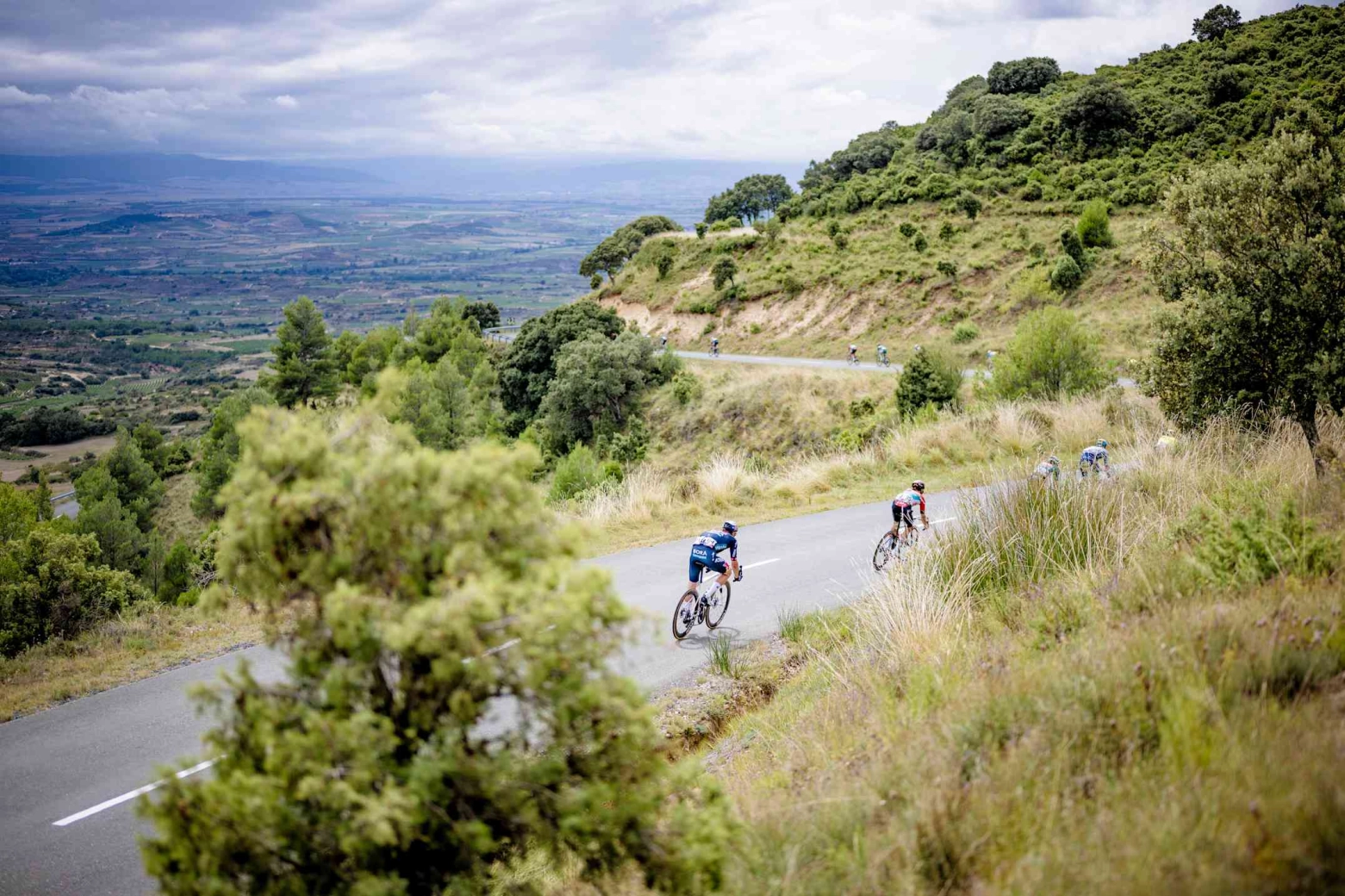
Moreover, the hotels in the most frequented areas have complete gyms, ample parking for team vehicles, and rooms set up for technical meetings.
In addition, there is a network of secondary roads with little traffic, something that Italy has been losing in historic areas like Liguria, which in the 80s hosted the entire professional peloton. The cost has also become a determining factor: the prices offered by Spanish accommodations to teams are very competitive, to the point that Tosatto himself recalls individual trips where he trained alone in Spain because it was clearly more affordable than doing so in Italy.
The timeline of the change, according to him, is clear. In 2006, when he was racing for Quick Step, they still held their first winter training camp in Italy, but the January stage was already held in Calpe. In 2008, the process was definitively completed, and since then they have worked almost exclusively in Spain, especially in Gran Canaria. For Tosatto, the island is the ideal destination: constant temperatures between 18 and 26 degrees and terrain capable of offering long climbs, short hills, and flat areas in the same day.
Although the destinations have changed, Tosatto assures that the dynamics of the training camps remain practically the same as they were fifteen years ago. The first one, in December, is the time to gather the whole team to strengthen the internal atmosphere and work without high intensity loads. In January, on the other hand, the loads become more specific, and the groups are divided according to their calendars, especially for those debuting soon in places like Australia.